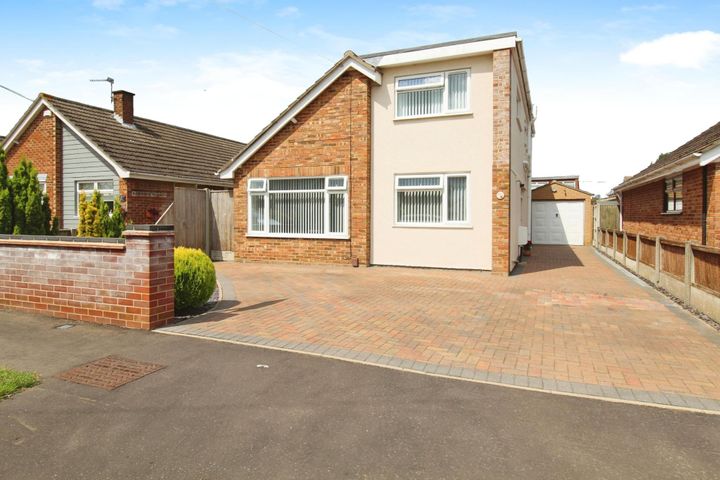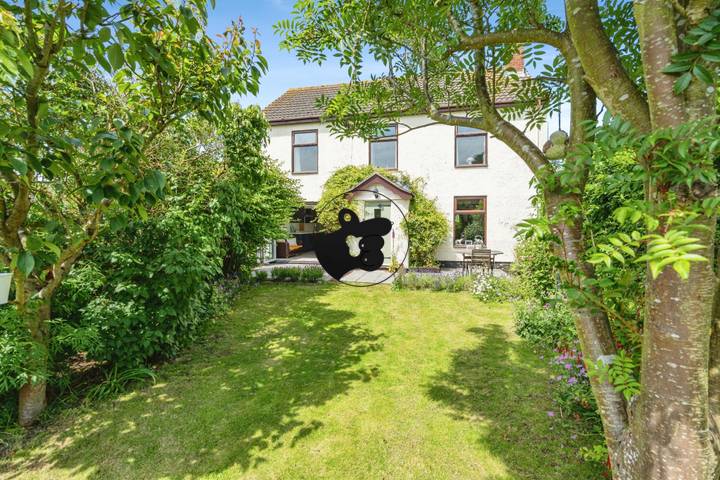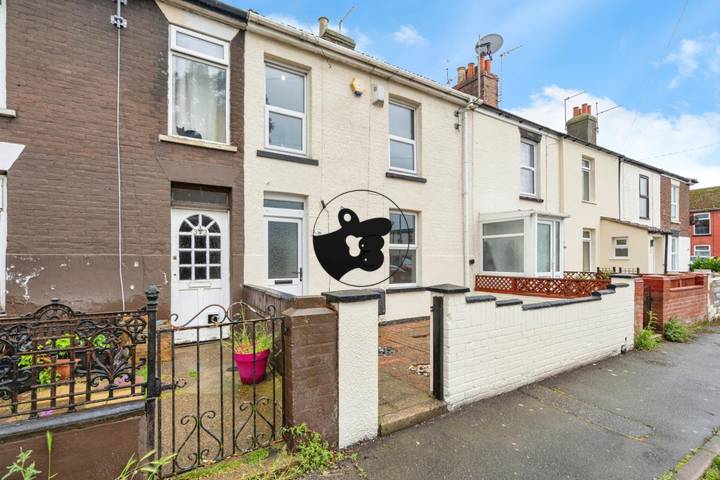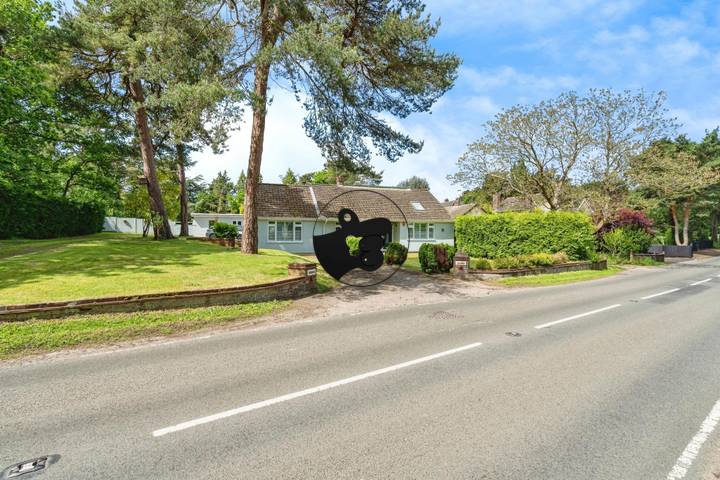Several key factors influence real estate prices in Great Yarmouth. The seaside town’s location plays a major role, with properties near the coast generally commanding higher prices than those further inland. Additionally, the local economy, heavily reliant on tourism and industries such as fishing and renewable energy, impacts housing demand—an influx of seasonal visitors can temporarily boost property values. Infrastructure development is another significant factor; recent investments in transport links, such as the improvements to the A12 and better rail connections to Norwich, have made the area more accessible, often prompting a rise in property prices. Furthermore, local amenities, including schools, healthcare facilities, and leisure options, also affect desirability—homes close to popular attractions like the Pleasure Beach or the historic South Quay can see increased demand. Lastly, economic conditions, including interest rates and the broader housing market trends in East Anglia, shape buyer capacity and willingness to invest in Great Yarmouth's real estate.
Great Yarmouth
Location
Price Range
Any price
Price Range
Minimum
No min
Maximum
No max
Property type
Show all
Property type
Show all
House
Apartment
Building
Other
Bedrooms
Any beds
Bedrooms
Minimum
No min
Maximum
No max
Surface Range
Any surface
Surface Range
Minimum
No min
Maximum
No max
Sale type
For sale
Sale type
Show all
To rent
For sale
Location
Apartments and houses for sale in Great Yarmouth
5 results
Recent
Great Yarmouth insights
| Aspect | Summary |
|---|---|
| Population | Approximately 100,000 residents |
| Average Property Price | Around £200,000 |
| Rental Yield | 6-8% |
| Average Rent | £900 per month |
| Occupancy Rate | 95% |
| Capital Growth Rate | 2-4% annually |
| Property Tax | Varies, but average is £1,500/year |
| Transaction Costs | Approx. 4-5% of property price |
| Expected ROI | 10-12% per annum |
| Economic Growth Impact | Positive, driven by tourism and local services |
Great Yarmouth FAQ
What factors influence real estate prices in Great Yarmouth?
How have real estate prices in Great Yarmouth changed over the years?
Real estate prices in Great Yarmouth have experienced notable fluctuations over the years, influenced by various factors including economic conditions, local developments, and changes in demand. In the early 2000s, property prices were relatively modest, with average house prices hovering around £80,000. However, by the mid-2010s, the market began to see a surge, with prices rising to approximately £150,000, as investors and first-time buyers sought more affordable options compared to larger cities. The introduction of regeneration projects, such as the redevelopment of the seafront and improvements to infrastructure, further boosted interest in the area. In more recent years, particularly post-pandemic, there has been a noticeable upward trend, with average prices reaching around £200,000 by late 2023, driven by increased remote working and demand for larger homes with outdoor space. Specific areas like Caister-on-Sea have seen even higher appreciation, showcasing the impact of location on real estate values.
What is the average price of a house in Great Yarmouth?
As of 2023, the average price of a house in Great Yarmouth hovers around £200,000, reflecting a diverse property market in the area. For instance, typical semi-detached homes can be found starting at approximately £180,000, while larger family residences or detached houses may range from £250,000 to £350,000 depending on their location and amenities. More affordable options exist; some smaller two-bedroom terraced houses can sell for as low as £130,000. In contrast, properties near the scenic seafront or those with modern renovations tend to attract higher prices, often reaching £300,000 or more. The variety in property types—from charming period homes to contemporary new builds—contributes to these average figures, illustrating the range of options available to potential buyers in Great Yarmouth.
Are property prices in Great Yarmouth higher near the waterfront?
Property prices in Great Yarmouth show a distinct trend, particularly with regards to waterfront locations. The proximity to the seaside inevitably raises prices, as properties with sea views and easy access to the beach are highly sought after. For example, homes along Marine Parade and those overlooking the River Yare tend to command premium prices compared to similar properties located further inland. Data suggests that residential properties near the beachfront can sell for 15-25% more than those situated a mile or two from the coast. Additionally, the rental market reflects this pattern, with vacation rentals near the waterfront often fetching higher rates due to their appeal to tourists. Factors like local amenities, scenic views, and the overall lifestyle associated with coastal living contribute to the inflated values in these prime areas.
What are the common reasons for fluctuations in real estate prices in Great Yarmouth?
Fluctuations in real estate prices in Great Yarmouth can be attributed to a variety of factors, including local economic conditions, seasonal tourism impacts, and changes in infrastructure. For instance, the town’s economy relies heavily on tourism, particularly during the summer months, which can inflate property values as demand increases for holiday rentals. Conversely, during the off-peak seasons, prices may dip as the demand decreases. Additionally, developments in infrastructure, such as improvements to transportation links or new amenities, can lead to a rise in property prices, as they enhance the attractiveness of the area. Changes in regional policies or housing supply, including the construction of new residential developments, can also impact the market. The fluctuations can be further influenced by broader economic trends, such as shifts in interest rates or national housing market conditions, which may lead buyers to reassess their investments.
How does the size of a property affect its price in Great Yarmouth?
The size of a property in Great Yarmouth plays a significant role in determining its price, primarily due to the fundamental principle of supply and demand. Larger properties, such as four-bedroom family homes, typically command higher prices compared to smaller, two-bedroom flats. For instance, a modern detached house with a spacious garden in areas like Gorleston could be valued around £250,000, while a compact two-bedroom apartment in the town center might be priced closer to £150,000. Moreover, the size often influences the target demographic; families tend to seek larger accommodations for more living space and amenities, thereby driving up demand and prices in popular residential areas. Additionally, properties with more square footage may appeal to investors looking for rental opportunities, particularly in the tourist-heavy regions near the waterfront, where larger accommodations can generate higher rental yields. This price correlation illustrates how size is a key factor in the local property market dynamics of Great Yarmouth.
What role do local amenities play in real estate prices in Great Yarmouth?
Local amenities significantly influence real estate prices in Great Yarmouth by enhancing the appeal of neighborhoods to potential buyers. For instance, proximity to schools, such as Great Yarmouth Primary Academy or Edward Worlledge Ormiston Academy, can drive demand among families, resulting in higher property values in those areas. Additionally, access to recreational facilities, including the Britannia Pier and the scenic Norfolk Broads nearby, attracts both residents and tourists, contributing to a vibrant community atmosphere. Moreover, local shopping options, such as the Market Gates Shopping Centre and various independent retailers, provide convenience that can make certain neighborhoods more desirable. Even healthcare access, like the James Paget University Hospitals NHS Foundation Trust, plays a role; homes located within easy reach of essential services typically see stronger price stability and appreciation over time.






